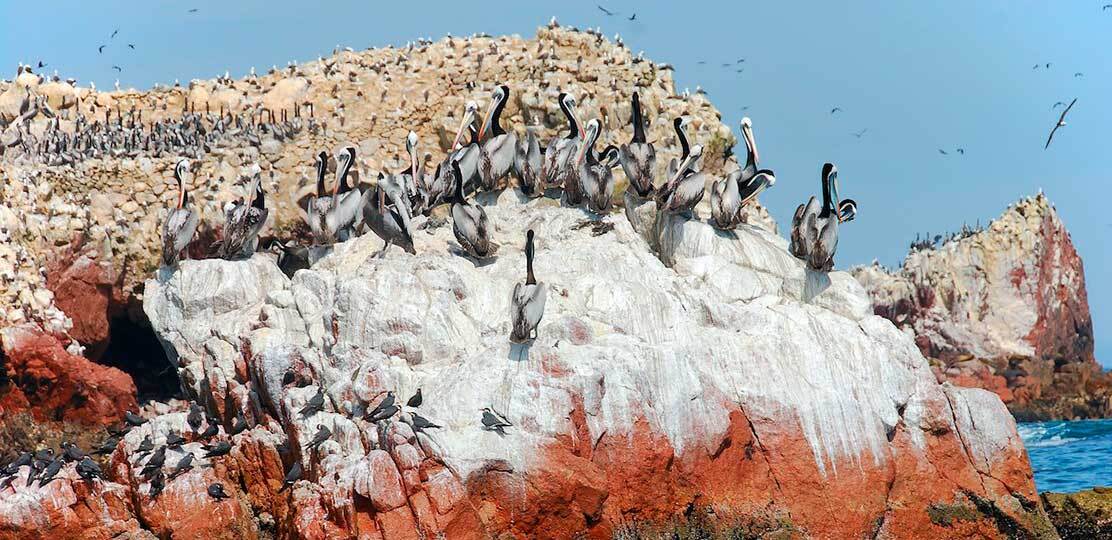
The importance of seabird guano in pre-Inca agriculture
The research, led by anthropology professor Francisca Santana, provides novel scientific evidence on using the so-called "white guano" in the highly productive cultivation of corn, beans, and quinoa Atacama Desert.
The so-called "white guano" or seabird guano could have been the basis of the highly productive agriculture of the pre-Inca civilizations settled in the valleys and ravines of the arid Atacama Desert.
The article published in the Nature Plants journal 'White Gold' guano fertilizer drove agricultural intensification in the Atacama Desert from AD 1000 explains it.
The research, led by Francisca Santana Sagredo, faculty member of the School of Anthropology, also involved Archaeology professor Virginia McRostie, Biological Sciences professor Claudio Latorre and Francisca P. Díaz from the Department of Molecular Genetics and Microbiology, together with researchers Rick Schulting, Pablo Méndez-Quiros, Ale Vidal-Elgueta, Mauricio Uribe, Rodrigo Loyola, Anahí Maturana-Fernández, Calogero Santoro, Valentina Mandakovic, Chris Harrod and Julia Lee-Thorp.
Archaeological maize reported the highest nitrogen values. The research attributes these values, the highest in the world in archaeological plants, to the pre-Inca use of seabird guano as fertilizer.
Archaeological maize reported the highest nitrogen values. The research attributes these values, the highest in the world in archaeological plants, to the pre-Inca use of seabird guano as fertilizer.
The researchers analyzed complete samples of maize, chili bell peppers, squash, beans, quinoa, and local wild fruits, dated between 1000 BC and AD 1800. They found a substantial increase in nitrogen isotope values around AD 1000. Maize was most affected, with nitrogen isotope values up to +30 parts per thousand.
The authors also analyzed more than 800 published human isotope values from the exact location and date range and found that human bone collagen followed a similar trend. It also showed a significant increase in carbon isotope values, suggesting an increase in maize consumption at the same time.
The authors attribute this change to extremely high nitrogen isotope values, the highest in the world for archaeological plants, to the use of seabird guano as a crop fertilizer.
They argue that the use of this fertilizer had solid implications for agricultural intensification and population growth, and social complexity, which is typically unusual in such extreme environmental conditions. And it is the first time that scientific evidence is available to explain the "miracle" of agriculture in the world's most arid desert in pre-Inca culture.
Previously there was only data from European chronicles and ethnohistoric documents, which reported this type of fertilizer in the pre-Hispanic world.
According to Francisca Santana: "I think it is crucial to make public what was happening 2,000 to 1,000 years ago in the Atacama Desert. It is essential if we consider the desert's extreme aridity. It is very relevant to highlight what this culture was able to do: intensively develop agriculture 1,000 years ago, with the help of this particular fertilizer.
Seabird guano was one of the essential fertilizers in the world before saltpeter, being exported to both North America and Europe".
This project was co-funded by:
- National Geographic,
- the National Research and Development Agency (ANID Spanish acronym) through a Fondecyt postdoctoral fund,
- Chilean scholarships for doctoral studies abroad.


